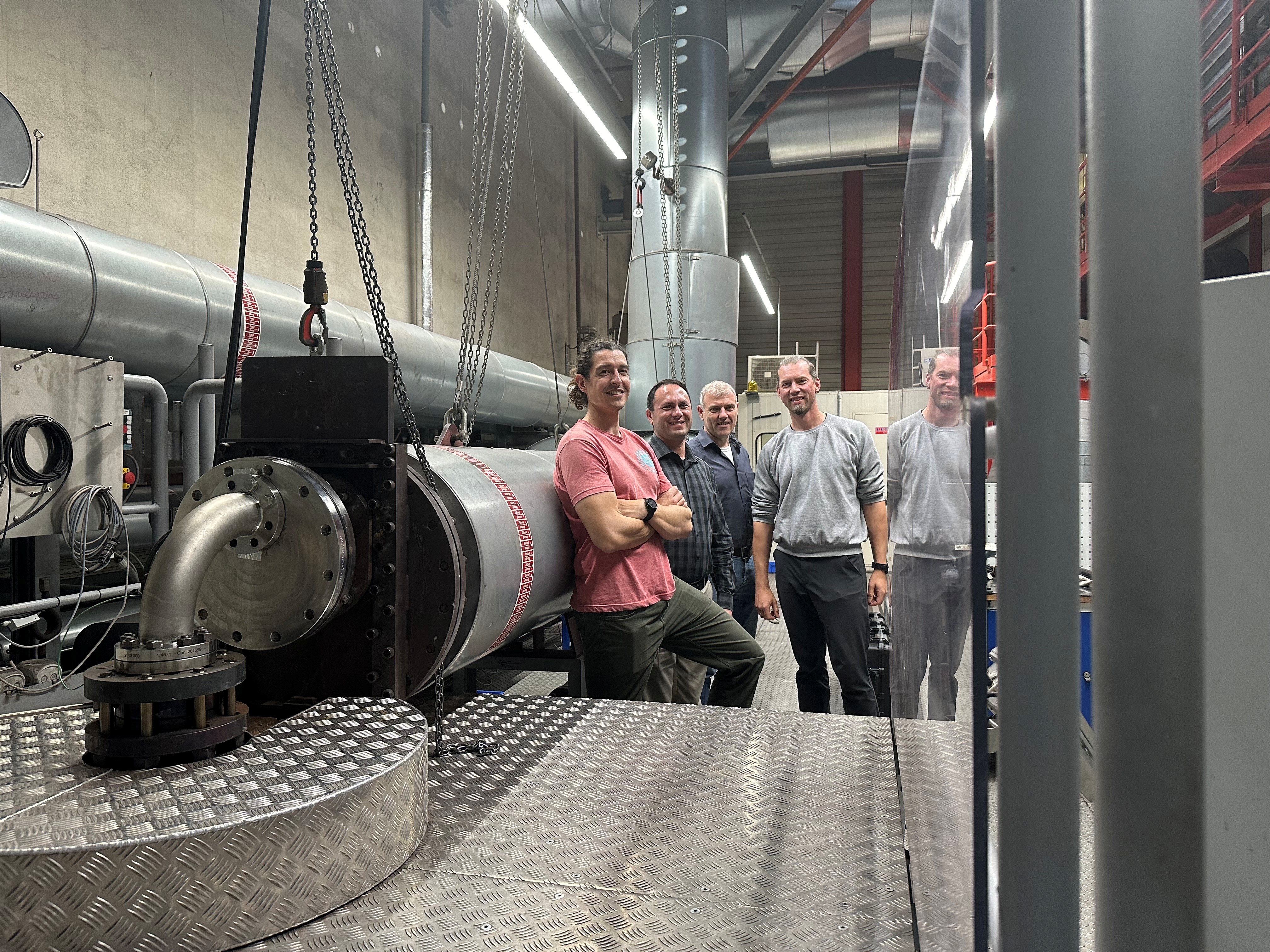
ASME certification for the LESER steam test lab
As part of the approval process, the National Board of Boiler and Pressure Vessel Inspectors (NBBI) inspects the design of the testing and measuring equipment, the processes used, the measuring instruments, and the quality control manual. In addition, comparative measurements are carried out in which the flow rate of test standards is determined on the LESER test lab and then compared with the results on the National Board's test lab in Columbus, Ohio. A maximum deviation of 2% is permissible. The comparative measurements are repeated every five years as part of a recertification process. LESER also carries out annual internal tests.


